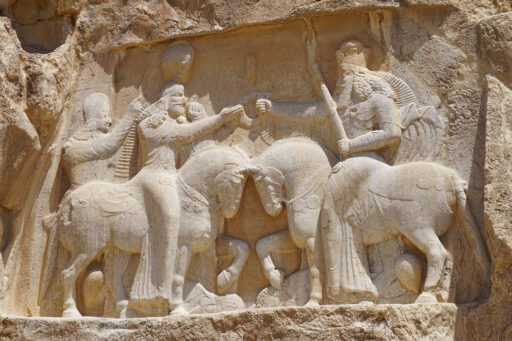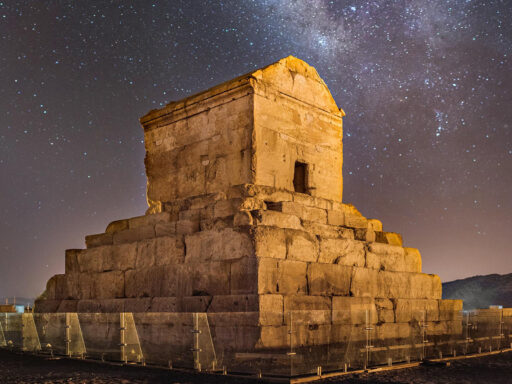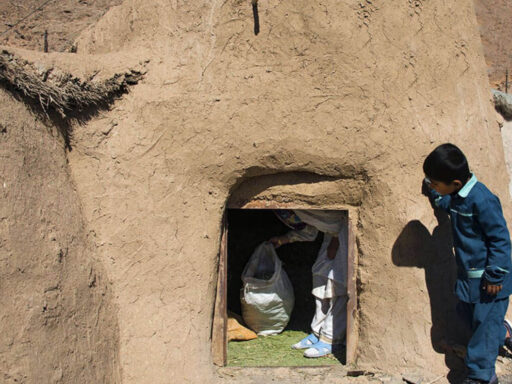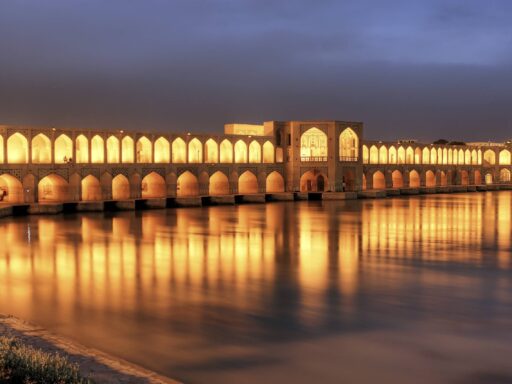Introduction of Naqsh-e Rustam
Naqsh-e Rustam is an ancient necropolis located about 12 km northwest of Persepolis in the Fars province of Iran. Hewn into a cliff face near the modern city of Marvdasht are the tombs of Persian Achaemenid kings dating back to the 5th century BCE. This royal necropolis provides invaluable insights into the funerary practices and architecture of ancient Iran.
With elaborate tombs, imposing façades and bas-relief carvings, Naqsh-e Rustam stands today as an impressive testament to the cultural heritage of the Achaemenid dynasty. The site was designated a UNESCO World Heritage Site in 1979.
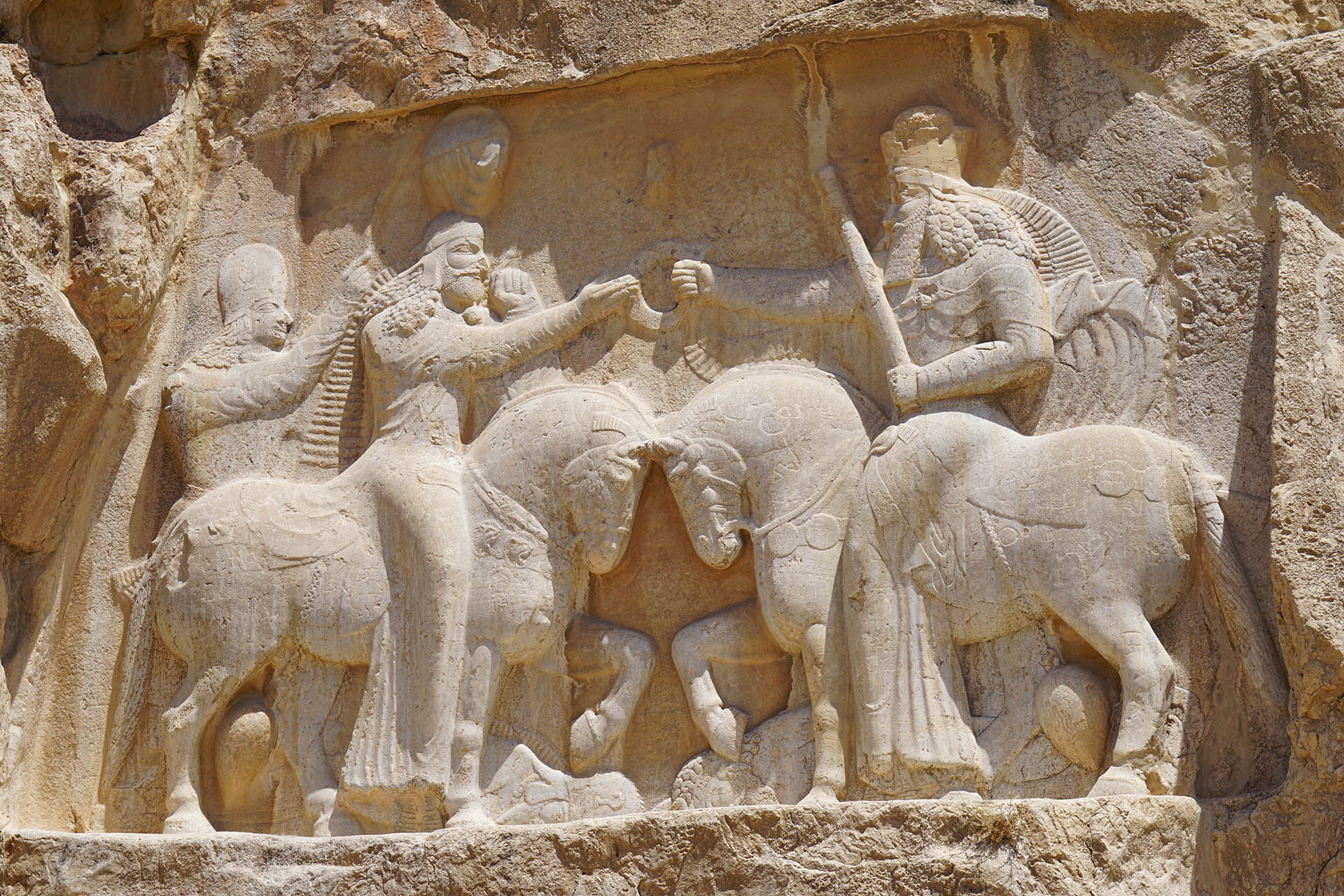
Tombs of the Achaemenid Kings
The most striking aspect of Naqsh-e Rustam are the royal tombs of four Achaemenid kings – Darius I, Xerxes I, Artaxerxes I and Darius II – carved high up in the cliffside. These royal tombs are architectural and artistic wonders providing insights into the funeral customs of ancient Persia.
Tomb of Darius I
The oldest and grandest tomb at Naqsh-e Rustam belongs to Darius I, the third king of the Achaemenid Empire. Darius ruled over the largest empire in ancient history from 522 BCE to 486 BCE. His tomb is located at the base of the cliff.
This tomb is notable for its monumental facade, measuring over 21 meters wide and 57 meters high. The entrance to the tomb is framed by figures of the king, attendants and soldiers. Above is a large panel depicting the king being blessed by the Zoroastrian deity Ahura Mazda.
Tomb of Xerxes I
The second royal tomb was built for Xerxes I who ruled from 486 – 465 BCE. Xerxes was known for grand construction projects like the Gate of All Nations in Persepolis. His tomb facade, nearly identical to his father’s, shows the king in an audience flanked by bodyguards.
Tomb of Artaxerxes I
Artaxerxes I, who reigned from 465 – 424 BCE, built an equally impressive tomb for himself behind his father’s tomb. His tomb entrance depicts the king standing in front of Ahura Mazda. The interior burial chamber measured 5.5 by 12 meters.
Tomb of Darius II
The last of the royal tombs was constructed for Darius II who ruled the declining stages of the empire from 423 – 404 BCE. His smaller tomb is simpler but still features the king in a prayer pose in front of Ahura Mazda.
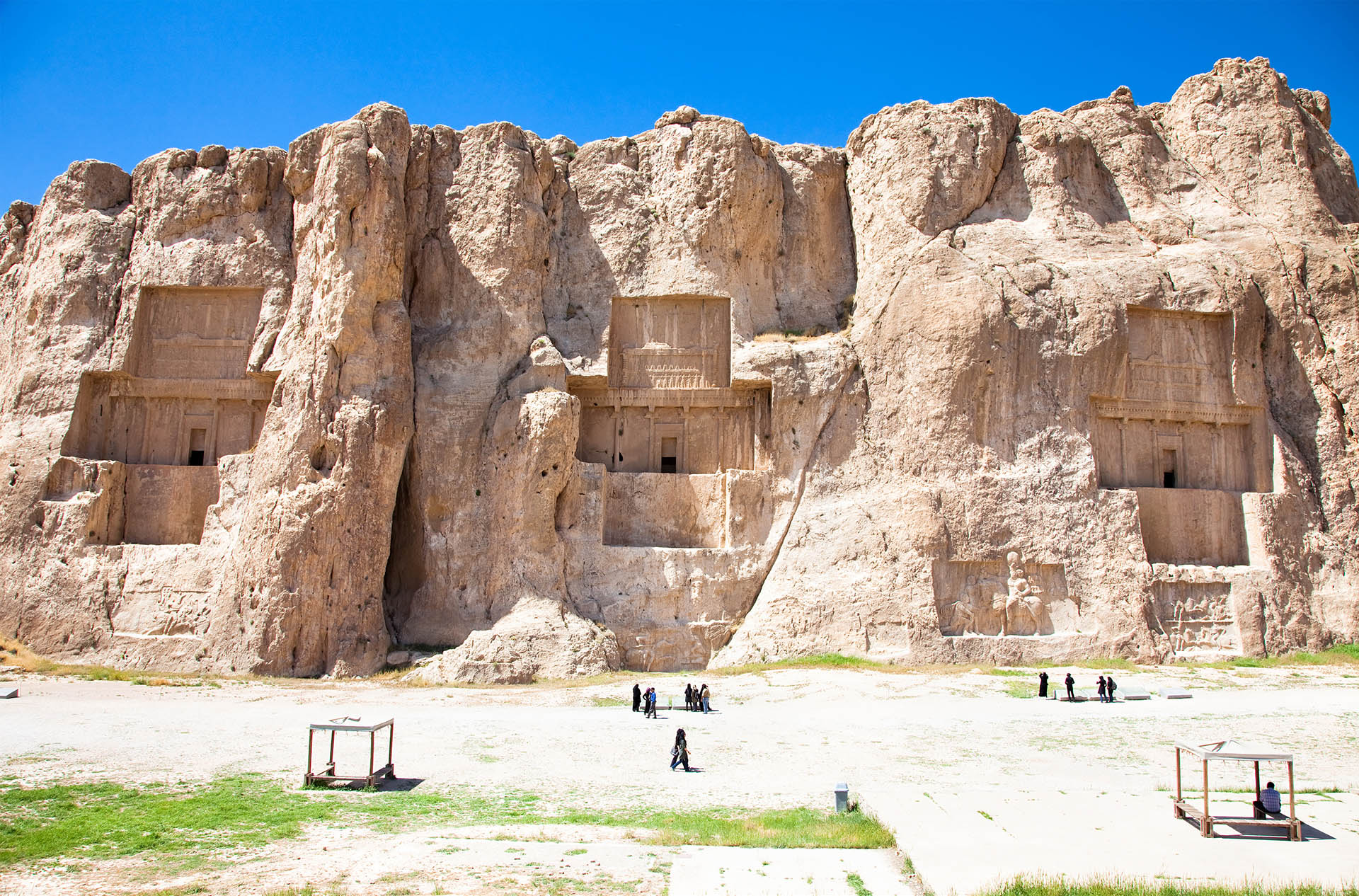
Architectural Grandeur of the Tombs
While similar in overall design, each tomb has unique flourishes reflecting the individual king’s reign. Nonetheless, certain common features stand out.
Imposing Façades
The tombs were built with imposing façades featuring massive columns and lintels framing figures of the kings and deities. The grand scale and carvings conveyed the power and glory of the Achaemenid sovereigns even in death.
Burial Chambers
Steps from the façade entrances lead to the unadorned burial chambers cut deep into the rock where the kings were interred in sarcophagi. These chambers average around 5 x 5 meters in size.
Symbolic Carvings
The façades all feature similar symbolic carvings of the king being blessed by Ahura Mazda conveying legitimization from the Zoroastrian god. The figures are shown wearing traditional Persian robes and crown.

Other Notable Features
Aside from the four royal tombs, Naqsh-e Rustam contains other archaeological wonders spanning centuries.
The Cube of Zoroaster
Standing roughly 12 meters tall, this ancient stone cube has baffled scholars. Some believe it was a fire temple linked to Zoroastrian rites, while others think it had an astronomical purpose.
Sassanian Reliefs
Under the Achaemenid carvings are further reliefs depicting Shapur I and Chosroes II of the later Sassanian dynasty in the 3rd and 6th centuries CE.
Parthian Tombs
Nearby are simpler tombs from the intervening Parthian period when Naqsh-e Rustam remained an important necropolis.
Ka’ba-ye Zartosht
This peculiar 5th century BCE circular stone structure stands a short distance away with scholars debating whether it was a tomb or temple.

Significance as a Necropolis
The choice of Naqsh-e Rustam as a royal necropolis for four Achaemenid kings speaks to its sacred status and importance.
Ideal Location
Its proximity to the royal capital Persepolis and position next to sacred Zoroastrian sites like the Ka’ba-ye Zartosht made it an optimal burial ground for kings.
Continued Use
Its use over centuries by successive dynasties like the Parthians and Sassanians points to the enduring sanctity of the site as a necropolis.
Grand Tombs
The scale and details of the royal tomb façades and chambers reflect the Achaemenid intention to memorialize their kings at this sacred cliffside location for eternity.
Later History
After the collapse of the Sassanian Empire in the 7th century CE, Naqsh-e Rustam faded from prominence. A devastating earthquake damaged many structures in the 12th century. However, with the advent of archaeology, the significance of the site was rediscovered in modern times.
Naqsh-e Rustam was one of the first ancient Persian sites to undergo archaeological excavation in the 19th century. Systematic excavations in the mid-20th century uncovered many structures. Today, Naqsh-e Rustam represents an archaeological jewel that continues to unveil insights into ancient Persia.
Conclusion
With its royal tombs, imposing architecture and medieval carvings, Naqsh-e Rustam provides a fascinating glimpse into millennia of Persian history. As an ancient necropolis, it sheds light on Achaemenid burial practices and views on the transition into the afterlife. The splendor of the rock-cut tombs stands testament to the enduring cultural legacy left by the great kings Darius, Xerxes, Artaxerxes and their dynasty.


